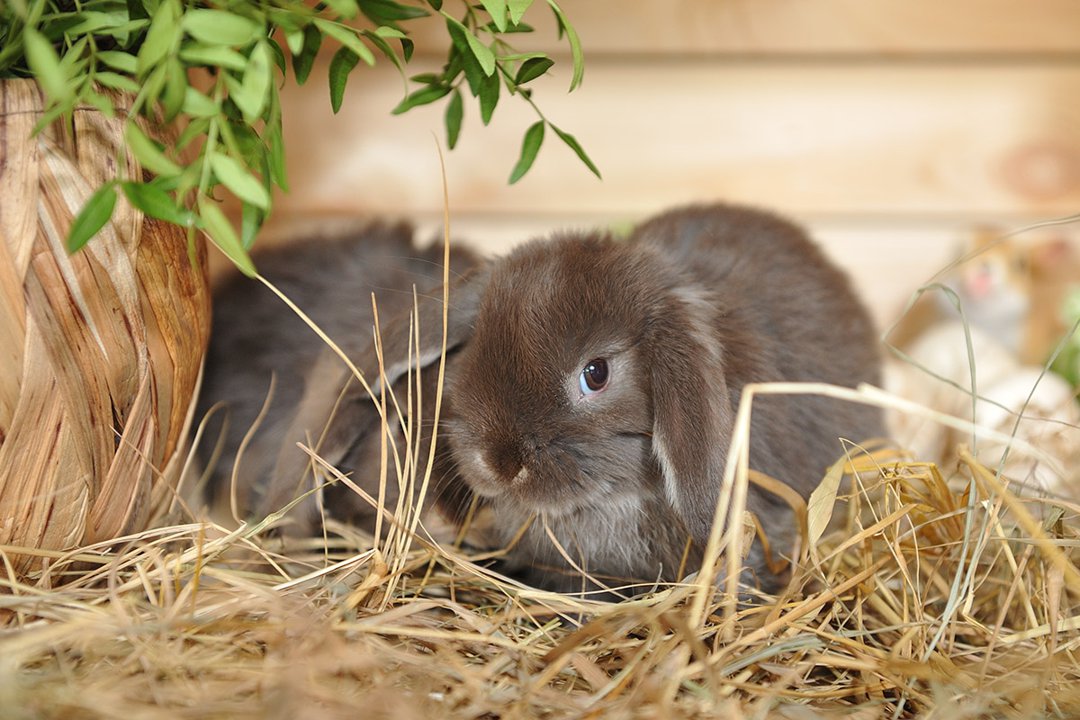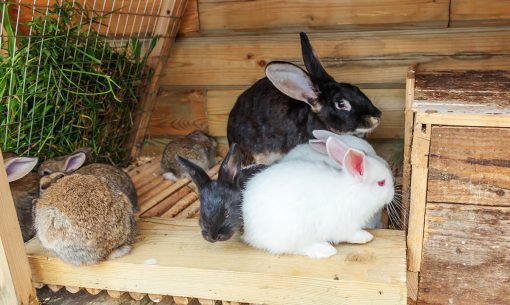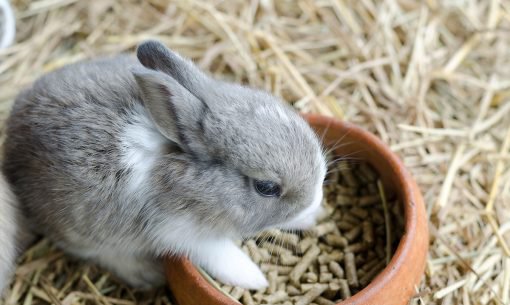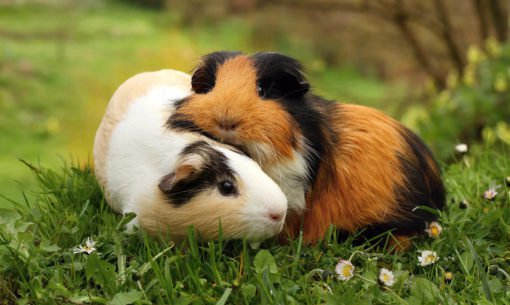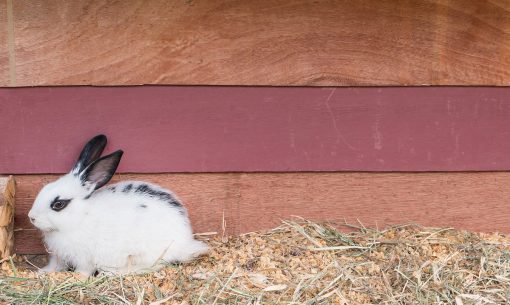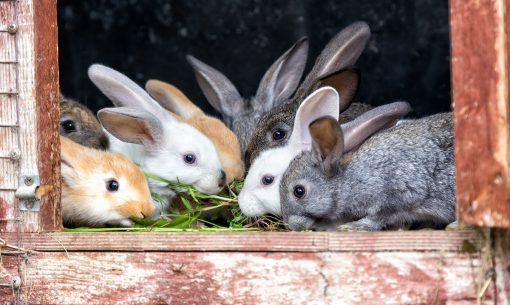It takes two: Rabbit bonding and companionship
Bunnies are very social creatures and they’re always happiest when they’ve got a companion to snuggle up with. Read on to find out why companionship is so important for rabbits, learn how to help a pair bond together and discover how best to set up a comfortable home for two.
Why do rabbits need a companion?
Rabbits are very social creatures. In the wild, they live in groups of 10 to 20, relying on their friends for safety in numbers. Groups of rabbits help each other look out for predators – you’ve probably heard the ‘thump’ they give with their back legs to warn friends of danger.
While predators aren’t a problem for our pet rabbits (provided their outdoor enclosures are secure!), these bunnies still have a powerful instinct to be social. Without a partner, rabbits can feel anxious, as it’s harder for them to fully relax since they always carry the responsibility to be alert.
Rabbits also look after one another. If you’ve seen pairs of rabbits snuggling up together and grooming each other, you’ll know how happy they can be. If rabbits lack this interaction they can become lonely and bored, and this makes them more likely to develop behavioural problems such as bar biting.
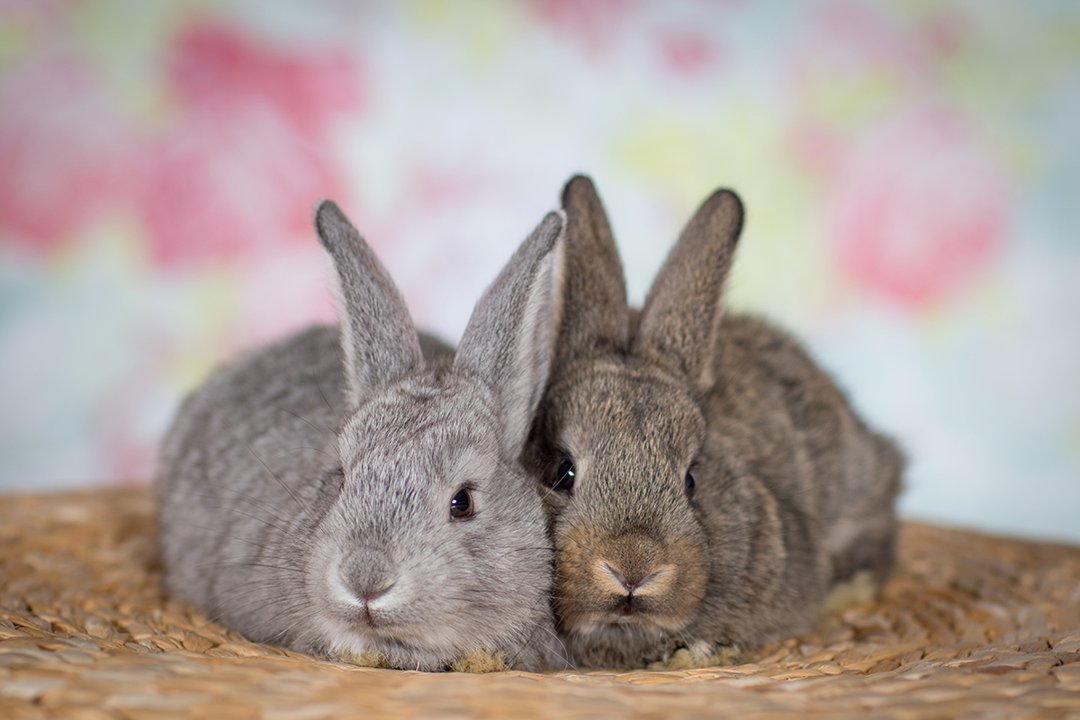
How to set up a happy pair
So now we know rabbits need a partner, but unfortunately you can’t put any pair of rabbits together just like that! The pair will have to be compatible, and it’s also important to be careful about how you introduce them so that they don’t fight. The best way to set up a pair of rabbits depends on the situation and their age.
If you’re looking to take on two young rabbits at once, a male and female from the same litter have a good chance of bonding well for life. This partnership is ideal, but it’s also possible to get the pair from separate litters – provided they’re under 10-12 weeks old, it’s safe for baby rabbits to live together without a gradual introduction.
Baby rabbits grow up fast though, and once they begin to reach sexual maturity at 10-12 weeks, it’s important to think about neutering. While it’ll stop a male-female pair from breeding if you just neuter one of them, it’s actually better from a social perspective if both are neutered. This is because entire females are more territorial and aggressive than spayed females, while uncastrated males still show sexual behaviour towards neutered females.
Though it’s easiest for a pair of neutered rabbits of opposite sex to get along, same-sex pairs can also work if they grow up together and they’re neutered early before they start fighting.
That’s the picture if you’re getting two baby rabbits, but if you’re introducing rabbits when they’re older, it’s a slightly different situation. Though adult rabbits do need company, they’re also territorial creatures, and it’ll take a bit of time and care for them to settle comfortably with a new partner. This process is called ‘bonding’.
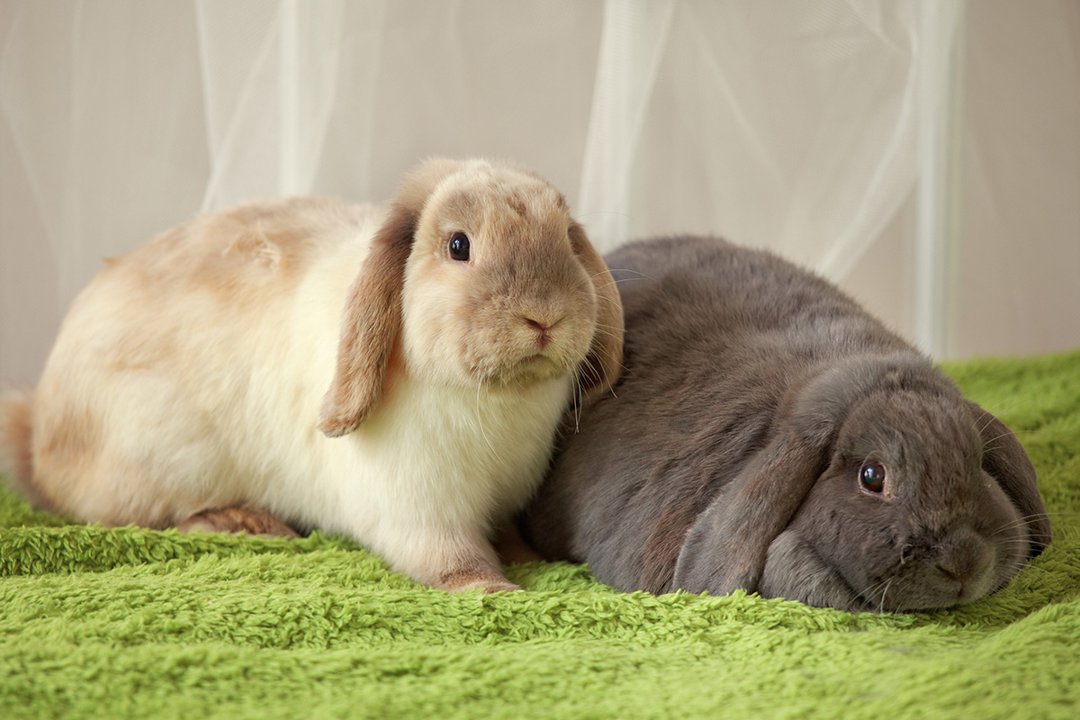
Rabbit bonding – tips and tricks
There are a few things to think about when it comes to rabbit bonding. First things first: it’s important to choose the right partner. In general, bunnies are more likely to establish a good bond if they’re a similar size and their personalities complement each other. This doesn’t mean they need to have the same character – two bold rabbits might not make the best pairing, but a bold and a quiet rabbit may get along better.
Again, neutered male-female pairs are most likely to get on in harmony. If your rabbit isn’t neutered, it’s worth discussing this with your vet before getting them a friend.
Some rescue centres and pet shops are experienced in pairing rabbits and they’ll let you bring your bunny to meet a potential partner on neutral ground. These services can be really helpful and it’s a good way to get advice on what’s best for your bun.
Once you’ve selected the right partner, the next step is to get the pair bonded well. Here’s a quick guide to the rabbit bonding stages:
- Allow the rabbits to see and smell each other before meeting – a good way to do this is to keep them in hutches side by side or in separate pens where they can sniff each other through the wire.
- Swap toys, bedding, food bowls and litter trays between their enclosures to get them used to each other’s scent.
- Then start introducing them carefully – supervise them together on neutral territory for just a short time. If there’s any sign of squabbling, separate them straight away. It helps to give them lots of places to hide, such as cardboard boxes with two holes cut in, so they don’t feel threatened.
- Repeat the supervised interactions, gradually increasing the length of time they spend with each other. If it’s practical to supervise them for multiple brief periods in a day, they’ll bond quicker.
- Once they’re happy grooming and lying together, they no longer need to be supervised.
Rabbit bonding takes a very variable time – don’t panic if it’s not immediately successful! Sometimes two rabbits will be living happily together within a few days, but other pairs can take months. Occasionally bunnies will bond almost instantly, and this is called ‘love at first sight’.
Bonding is the first step to establishing a happy pair, but there are a few more things to think about to make sure they get on well. Importantly, their home will need to be set up so they live happily together.
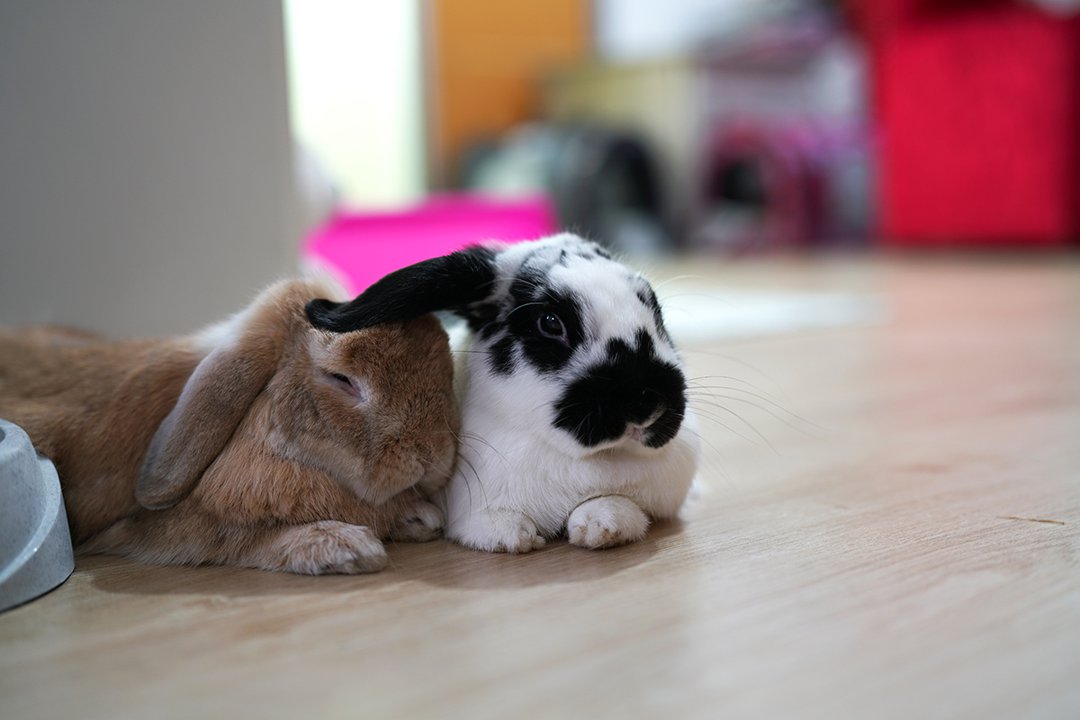
Setting up home for two
The first thing about a home for two rabbits is that it should be big enough. In general, an enclosure should be at least 3m x 2m x 1m high for a pair of average sized rabbits. However, bigger buns will need more than this, and it’s also great to provide more than the minimum space if possible.
How you set up their home will depend on whether it’s indoors or outdoors – you can get some great tips from our guides on looking after house rabbits and setting up outdoor hutches. For both setups, you’ll need to provide a cosy sleeping shelter that’s big enough for two. This should be filled with high-quality bedding so your rabbits will be comfortable snuggling up together.
There are also a few tips and tricks about what you put in the environment. For resources such as food bowls and water bottles, it’s best to provide one each to reduce the likelihood of competition causing friction. Rabbits will also feel more secure if they’ve got lots of places to hide, each with two entrances so they won’t get into a situation where they feel trapped by their partner.
Another thing that helps bunnies to get on better is to provide an interesting environment where they can engage in natural foraging behaviours. There are loads of toys you can use for environmental enrichment, including puzzle toys that contain food or treats. However, when it comes to treats it’s important not to overfeed, and to choose healthy options that don’t contain lots of sugar. Our Selective Naturals Woodland Loops are delicious dandelion-flavoured treats with no added sugar, and these provide a great option for treat time.
With a home that’s well designed for two, your bunnies will be all set to thrive. But to keep them healthy and well, it’s also important to give them a tasty and nutritious diet. Check out our guide to learn more about the different diet options available.
